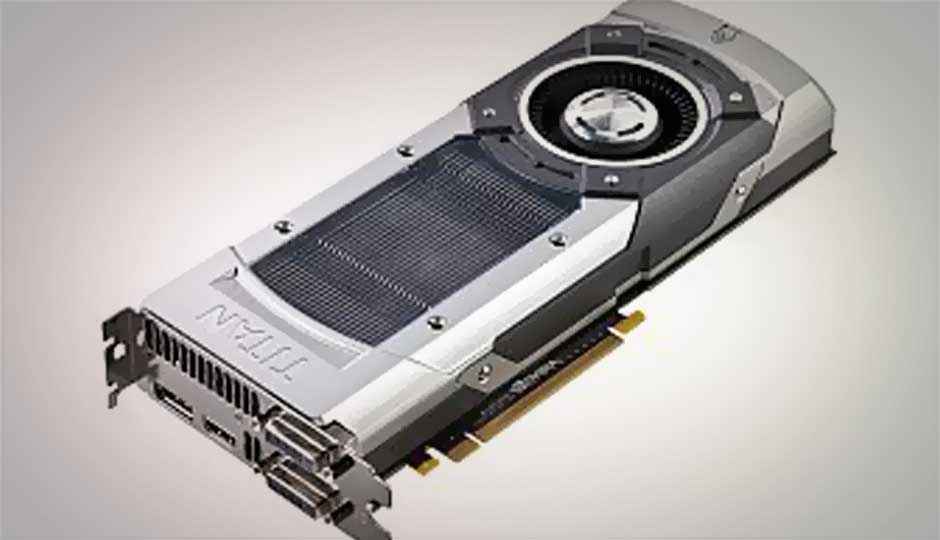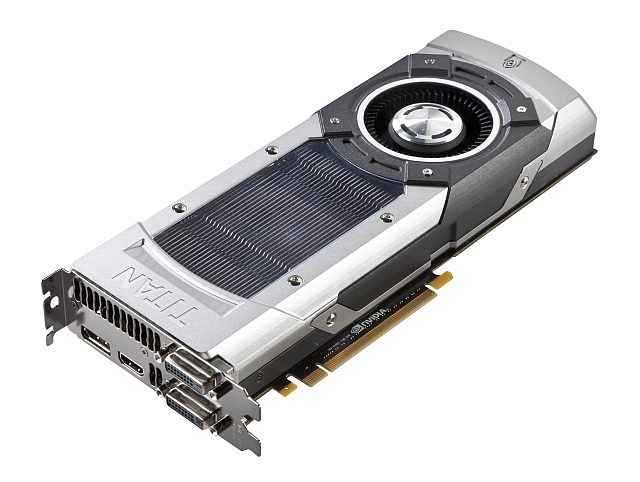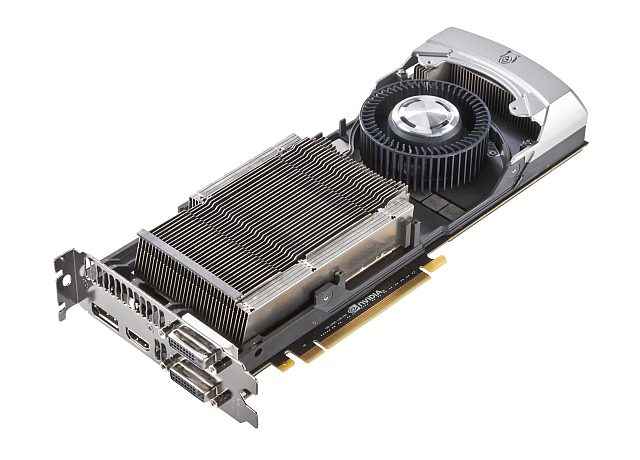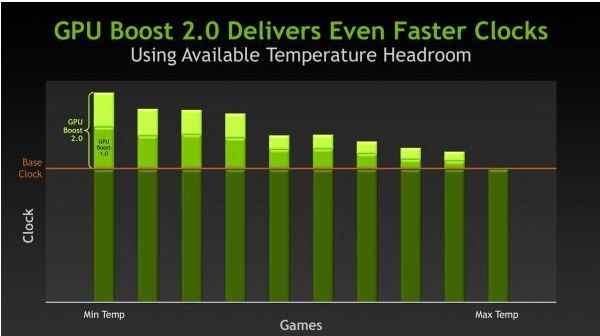NVIDIA launches the GK110 sporting GeForce GTX Titan

NVIDIA takes the curtains off its flagship single-GPU GeForce GTX Titan which is based on the GK110 GPU and introduces GPU Boost 2.0 and Display Overclocking
Just when we thought the current generation of graphics cards from NVIDIA is soon going to see a refresh and a completely new series, NVIDIA launched its GK110 GPU sporting graphics card – the GeForce GTX Titan. The GK110 Kepler GPU which was seen in the compute-heavy Tesla K20 line of graphics cards has now been housed within a card which is targetted at desktop PC gamers. On the professional front, the GK110 has the distinction of being the GPU which is being used inside Oak Ridge National Laboratory's Titan Supercomputer, which happens to be the world's fastest supercomputer.
The NVIDIA GeForce Titan is made up of 2688 CUDA cores and has a whopping 7.1 billion transistors on its 551 mm^2 die. According to NVIDIA, this is the largest GPU made by TSMC on the 28nm node. The Titan also sports 6GB of GDDR5 RAM positioning it as a card which is meant for extremely heavy-texture based gaming on a multi-monitor setup.
Looking at the specs we can note that the Titan is placed somewhere in between the GTX 680 and the dual-GPU GTX 690.
 |
 |
 |
The design of the card looks very similar to the one seen on the GTX 690 with the similar metallic finish, vapour cooling chamber and fan design. It is also a dual-slot card which is 10.5-inches long which is 0.5-inches shorter than the GTX 690. It has a maximum TDP of 250 Watts which is 50W lower than that seen on the GTX 690. Instead of two eight-pin connectors seen in the GTX 690, the GTX Titan has one six-pin and one eight-pin power connector. The GTX Titan is also priced at USD 999 which is similar to the GTX 690 pricing.
Why the Titan?
The question which then begs to be answered is why would NVIDIA launch a card which has a potential to eat into its dual-GPU beast's business. According the NVIDIA marketing statement that was released at launch, the GTX 690 is a great card for single 27-inch and 30-inch monitors. But with a 6GB GDDR5 memory and 384-bit memory-interface, the GTX Titan is ideal for enthusiasts who are planning a multi-monitor setup. Also according to NVIDIA, the GTX Titan runs quieter, consumes less power and exhausts hot air outside your system.
GPU Boost 2.0
With the GTX Titan, NVIDIA have also introduced GPU Boost 2.0 which is very similar to the original GPU Boost seen with last generation Kepler cards, which dynamically increases voltage and frequency to increase the card performance. With the original GPU Boost, the boost clock frequency was dependent on the load power headroom but with the Titan, GPU Boost 2.0 will be dependent on the temperature of the CUDA cores. So the the GPU boost will increase in inverse proportion to the core temperature ie. Cooler the GK110 GPU, higher the boost speed. By default the temperature limit is set to 80 degrees, but you can increase that target temperature to get an even better performance from Titan.
Display Overclocking
The Titan also brings along a new feature known as Display Overclocking, which will basically allow you to dynamically change the refresh rate of your monitor so that you are no longer stuck at just 60 FPS – with Vsync On (to avoid tearing). This feature is not supported on all monitors, but on the ones which allow refresh rate manipulation with Vsync enabled. As seen on the graphic above, the refresh rate of a monitor can be pushed to 80Hz or you may get 80 FPS with Vsync enabled after adjusting the pixel clock OC.
Stay tuned for a complete review of the GeForce GTX Titan when it launches in India. In the meantime check out this cinematic trailer of the GTX Titan.

Source: Anandtech







